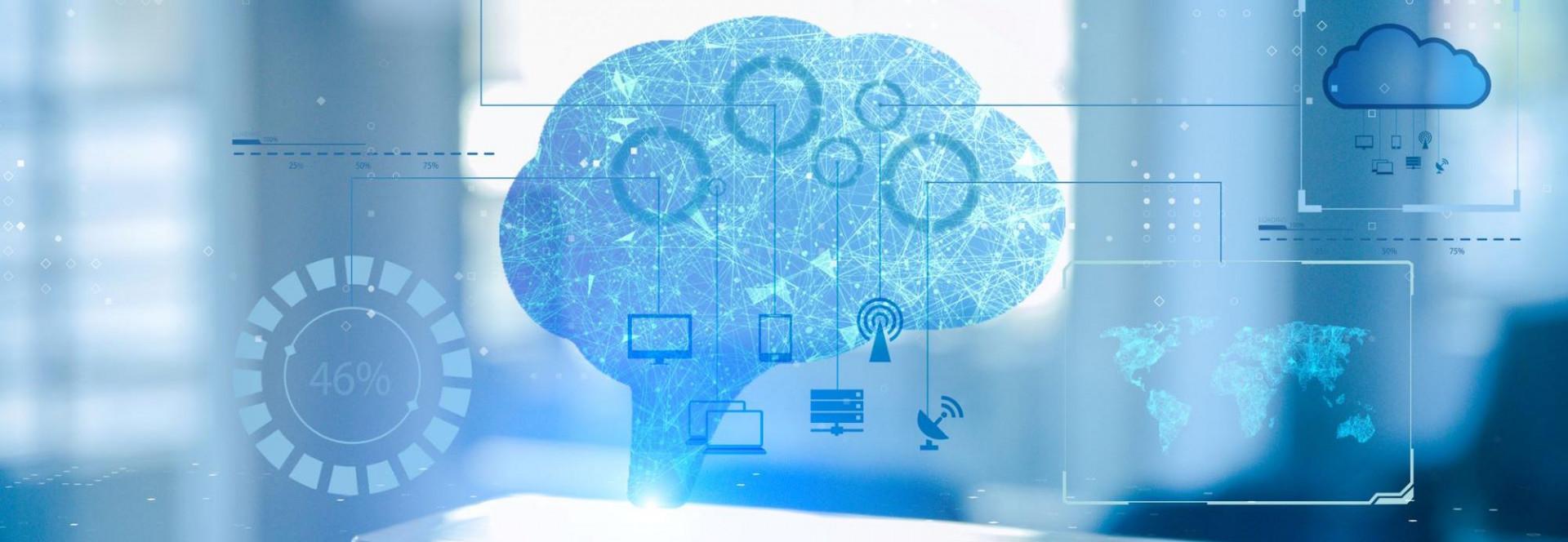High-tech companies are reaping high profits, in large part because they have learned to use data to accurately predict customer preferences and create customized offers.
Other players are still doing the old-fashioned way: dividing the customer base into several categories, and then deciding which of them to make a special offer.

AI IS NOT FOR EVERYONE
It is important to understand that offer personalization is not a universal tool. Many companies that offer subscription services have not gone digital yet.
For them, the transition to such a model will mean a complex transformation of the entire system of interaction with customers.
At the same time, there will be a change of focus in business. It will not be how you market your products that matter, but how you use AI to create offers that meet customer needs. After that, it is still necessary to train the sales staff to work with the new tools. The telecom industry can be an example of such changes.
WHEN THE COMPETITION IS TOO HIGH
Most of the players in this space offer the same services at the same prices, periodically launching discounted marketing campaigns to get ahead of the competition.
In many countries, television, internet and telephony have become part of one service package. Customers can only choose the most advantageous offer, from time to time changing operators or declaring their desire to leave for another operator in order to get better conditions. In competitive markets, such as the telecom market, there is a high proportion of customers (including new ones) who subscribe at up to 50% off the standard price.
Algorithms profile all clients based on information about what services they use. All this allows us to understand what kind of product will be of interest to this or that client. For example, if a subscriber actively uses mobile Internet, then he should be offered a package with increased traffic.

MACHINE LEARNING CAN SAVE
Machine learning will improve the accuracy of the predictions of the algorithm - the program will take into account past mistakes and the preferences of customers with the same profiles. This will allow companies to save on customer acquisition.
Machine learning technologies can also help figure out what price a customer is willing to pay for a product. Based on this, the company will decide what is best to offer it.
AI technologies also allow you to more accurately predict whether the cost of an outgoing call to a customer will pay off. For example, if he is likely to pay for the expansion of the service package, then such a call will be justified. Under other conditions, the benefit from outgoing calls is too low, it is better to simply place the offer in the client's profile.
WHY SELLERS HAVE TO BE REACHED?
AI alone will not replace the sales force; it only helps them work smarter. Experts advise companies that have decided to implement artificial intelligence in their work to prepare training programs and a new system of staff motivation. The changes should affect every employee who interacts with the client in one way or another.

HOW RETAILERS EARN WITH AI
Artificial intelligence can completely transform retail and take it to the next level with three things:
- Personalizing the shopper experience
- Sales and marketing automation
- Improving efficiency
- AI technologies are already widely used not only in e-commerce, but also in traditional formats:
In marketing and sales analytics. Algorithms analyze customer data to help retailers personalize promotions. Our experience shows that the increase in sales is 5% higher than that given by ordinary promotions.
In the operating activities of stores. For example, you can forecast replenishment based on multiple demand factors. This greatly improves the accuracy of the forecast. In one of our projects, using AI to predict fresh stocks led to an 8% increase in sales and a 3% reduction in write-offs.
In the stores themselves. For example, robots can make sure that the goods on the shelf do not run out. The H&M network uses artificial intelligence to analyze receipts and returns.
When interacting with customers. For example, using artificial intelligence, a shopper in the cosmetics department can get a personalized care plan without having to visit a dermatologist. The application evaluates the condition of the skin and makes recommendations. This improves the shopping experience.



LASĂ-NE UN COMENTARIU